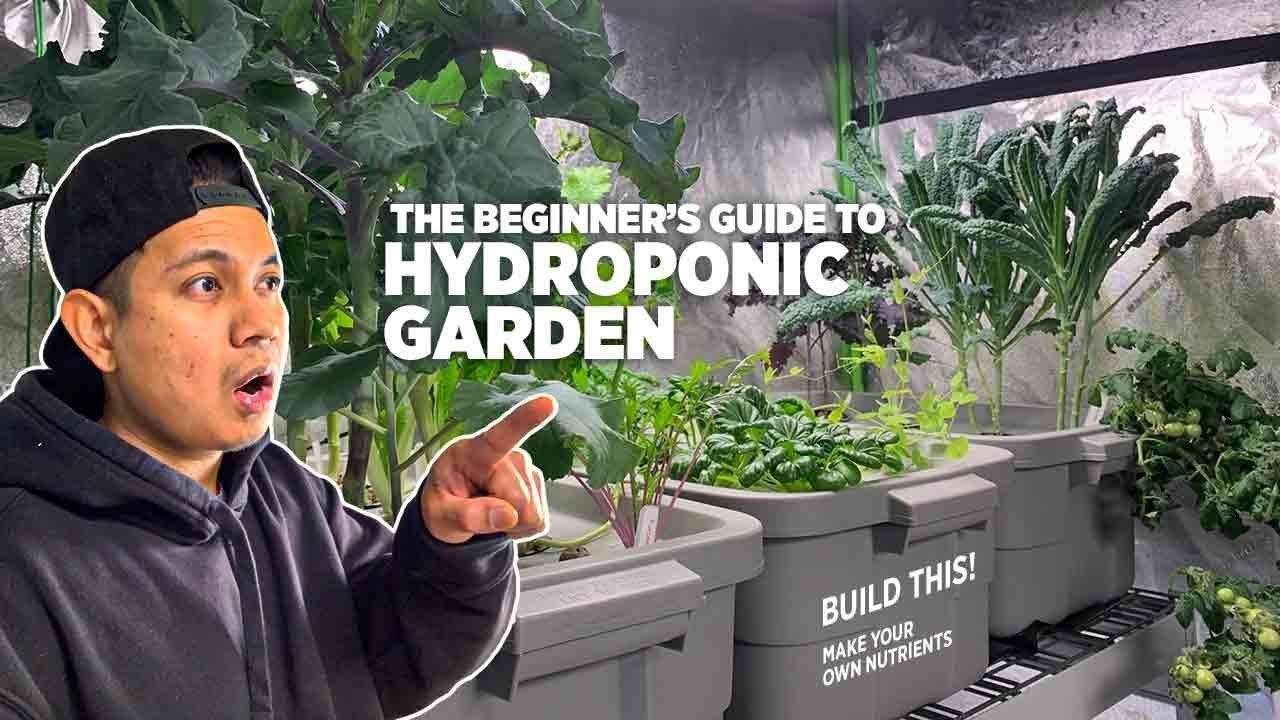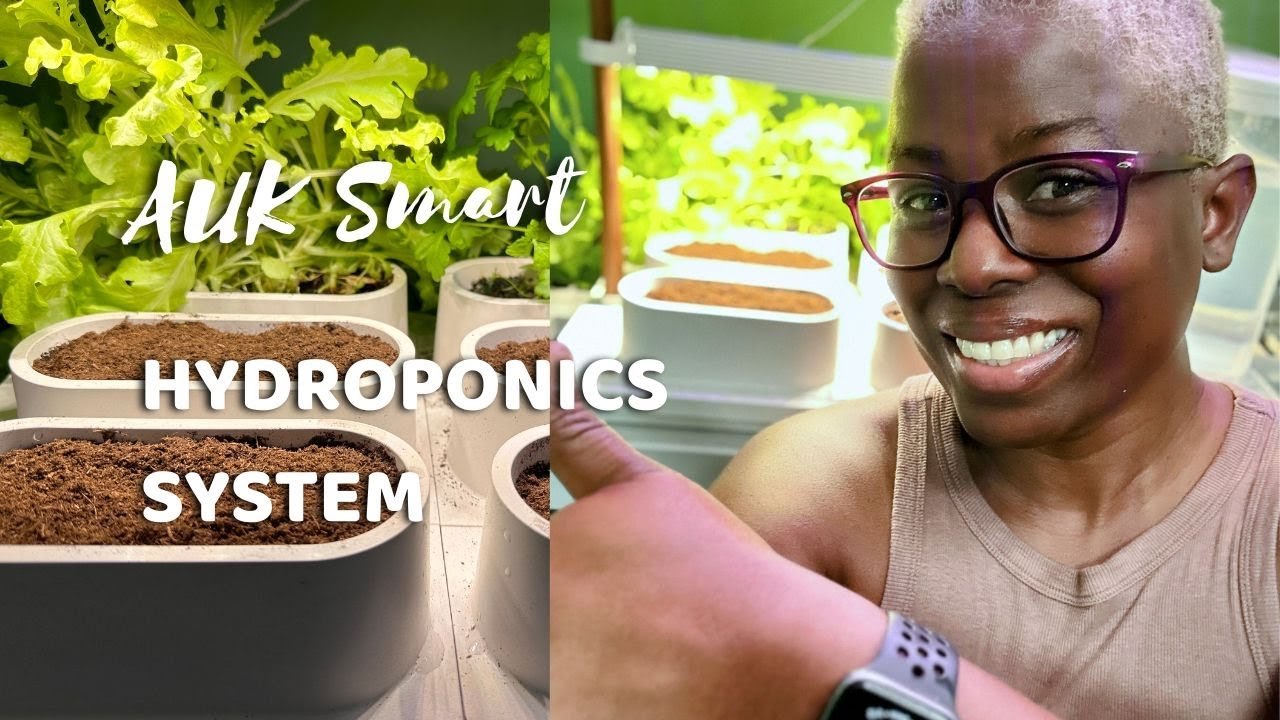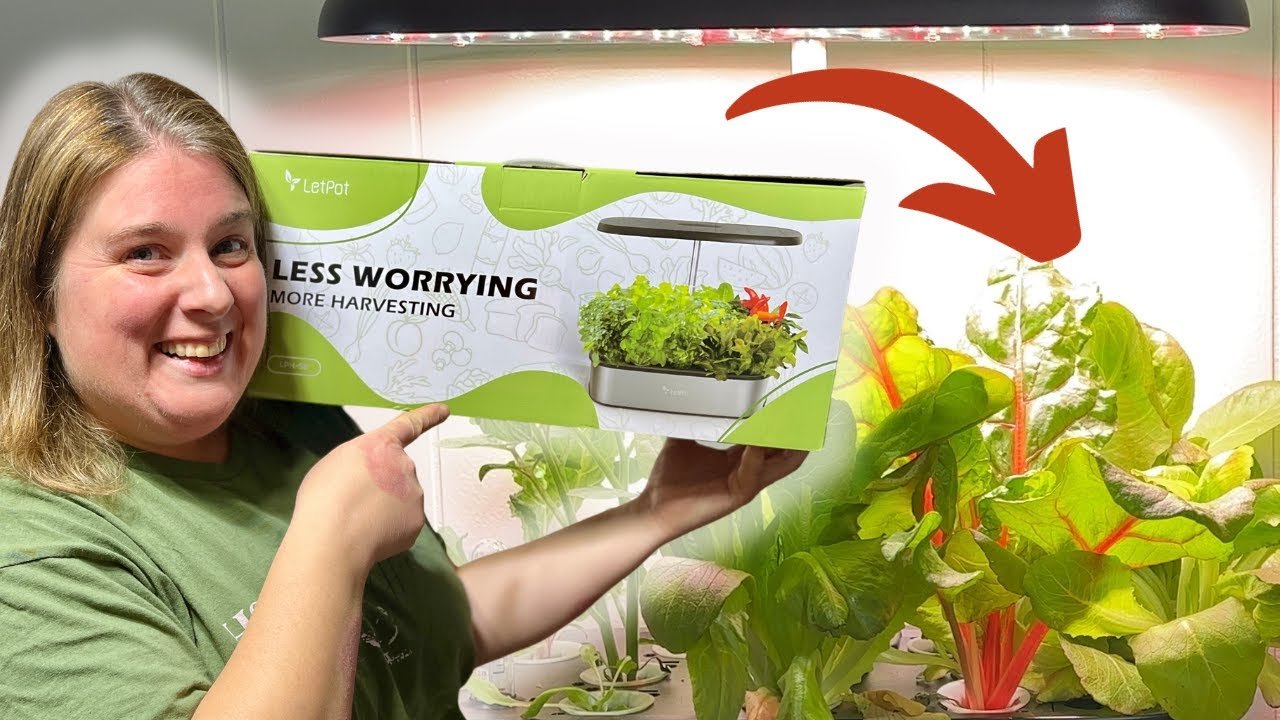My DWC Hydroponics Adventure: A Tale of Fish, Green Water, and Lessons Learned
So, picture this: it’s a warm afternoon in the middle of June, and I’m standing in my backyard staring at a pile of random materials. An old kiddie pool from when my kids were younger, some two-by-fours I salvaged from a neighbor’s fence upgrade, and a few plastic bins from the shed. I decided I wanted to try my hand at a Deep Water Culture (DWC) hydroponics system, convinced that fresh greens would be just a pump away.
The Inspiration
It all started one evening when I was scrolling through videos of brilliant young folks creating lush gardens without soil. I mean, how cool is it to grow lettuce in water? I thought, “If they can do it, I can too!” I envisioned an oasis of basil, mint, and more—a setup that would turn my little backyard into an herb paradise.
With my heart set on it, I started piecing together the idea. I even thought I’d incorporate some fish into the mix, turning it into a makeshift aquaponics system. Why? Because it sounded like a fantastic way to fertilize my plants without the use of traditional nutrients. Plus, I figured fresh fish for dinner could be a bonus. Little did I know, I was in for a bumpy ride.
The First Attempt
After digging through my shed, I managed to cobble together a decent-sized water reservoir using that kiddie pool. In my excitement, I grabbed some small goldfish from the local pet store. They seemed hardy enough, right? I topped off the pool with water from my spigot—forgot to declorinate it, though, so that was my first rookie mistake. I didn’t even think about checking the temperature or pH levels; I just wanted to get started!
Once the fish were in, it was time to move on to the plants. I decided to go for basil and lettuce, thinking they’d be easy starters. For the nutrient solution, I channeled my inner chemist. I picked up some liquid fertilizers touted for hydroponics and blended them into the water. Ah, the smell! That initially sweet, robust scent quickly turned into something foul as my fish swam around, probably wondering what the heck I was doing.
Setting Up the System
To keep everything going, I used a pump I found at a yard sale—one that probably dated back to the ‘90s. I crossed my fingers, plugged it in, and, to my surprise, it whirred to life! Water flowed, and for a hot minute, I thought I’d nailed it. But oh, that feeling faded fast.
Within just a few days, the water started turning green. Like, swamp green. I learned the hard way that algae loves nutrient-rich water, and boy, did it flourish. I thought about how this looked nothing like the pristine setups I saw online, and my heart sank a little more each time the algae multiplied. I had envisioned a thriving, vibrant ecosystem but was left staring at a murky mess.
The Knockout Punch
As if the algae wasn’t enough, one morning I woke up to find half my fish struggling for air—two sadly floating on the surface. In a panic, I rushed to check the pump and discovered it had stopped working overnight. To this day, I swear the pump was plotting against me. I scrambled around, half-heartedly using a net to remove the dead fish, while berating myself for not taking better care of them.
In my quest to rescue the remaining fish, I did a water change—completely disregarding that I was throwing them into another round of unfamiliar water. I felt like a mad scientist diminishing my own experiment, losing both fish and hope. After a lengthy period of disappointment and frustration, I sat back on an old lawn chair, contemplating if this was all a silly idea.
Finding My Way Back
But as summer wore on, something amazing happened. The remaining fish seemed to thrive after the water change; the algae finally mellowed out, and much to my surprise, the plants took off! Lean greens, fragrant leaves— it was like a little green miracle sprouting right before my eyes! The basil, despite its rocky start, had finally bushed out and became fragrant enough to fill the air around my backyard.
Admittedly, I still had my share of lessons to learn. Balancing the nutrient solution and ensuring my fish had clean water turned into a constant juggling act. But with each hurdle, I discovered nuances—better ways to manage the pH, the importance of light, and, surprisingly, how to find joy in the messiness of it all.
The process wasn’t just about growing food; it turned into this wonderful journey of mistakes, victories, and unlikely friendships with the fish that survived. I started flirting with different plants, even trying out some tomatoes, and before I knew it, what began as a frustrating disaster morphed into something tangible and fulfilling.
Final Thoughts
If there’s anything I’ve learned from this backyard venture, it’s that you can have all the plans in the world, but nature has a funny way of tweaking your dreams. So, if you’re thinking about diving into hydroponics—don’t worry about getting it perfect. Just start. You’ll figure it out as you go!
Embrace those small wins, learn from the mishaps, and laugh at the hilarity of it all. And hey, if you’re curious to explore more about hydroponics, why not join the next session? Let’s figure this out together and keep building those gardens of dreams. Join the next session here!







Leave a Reply